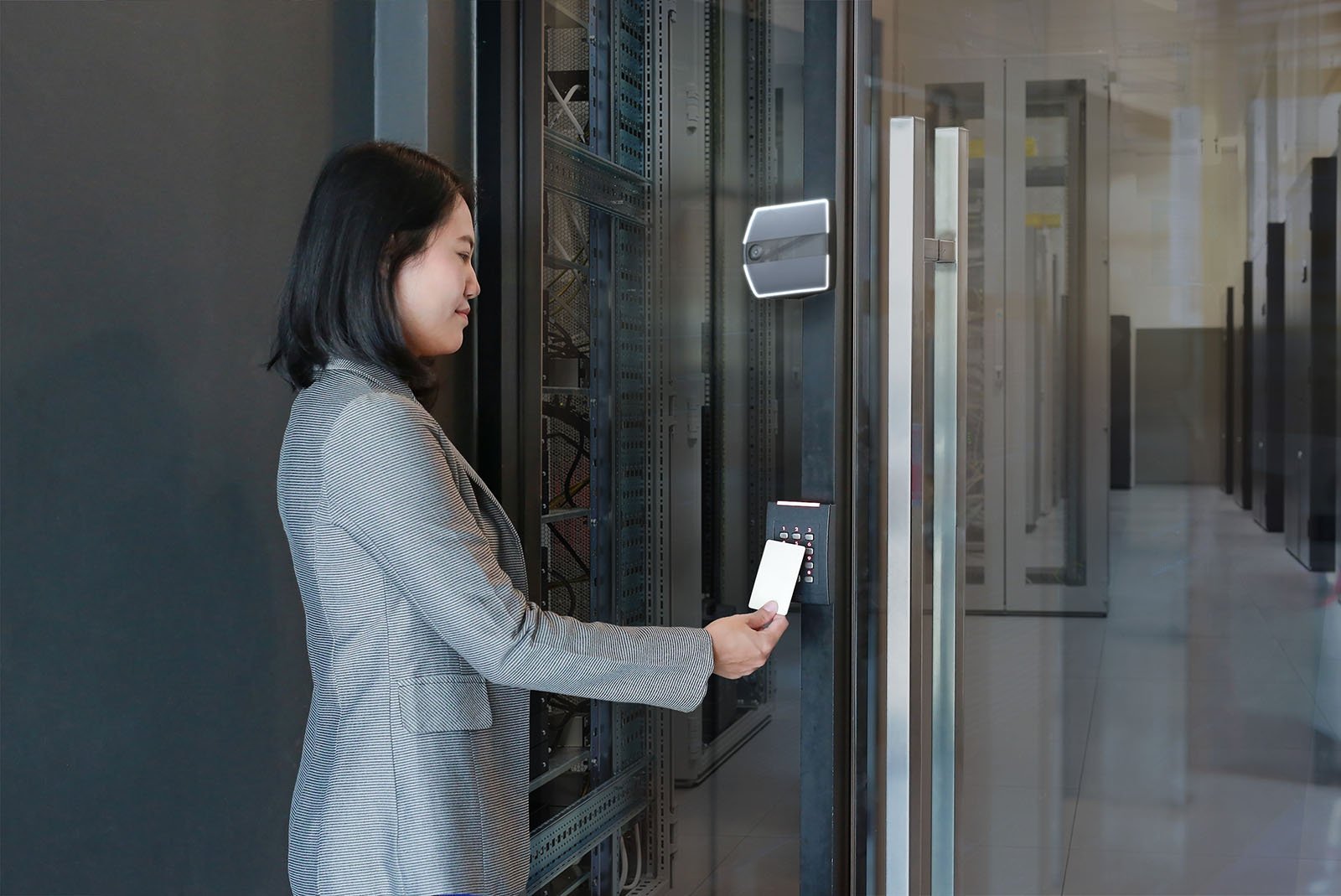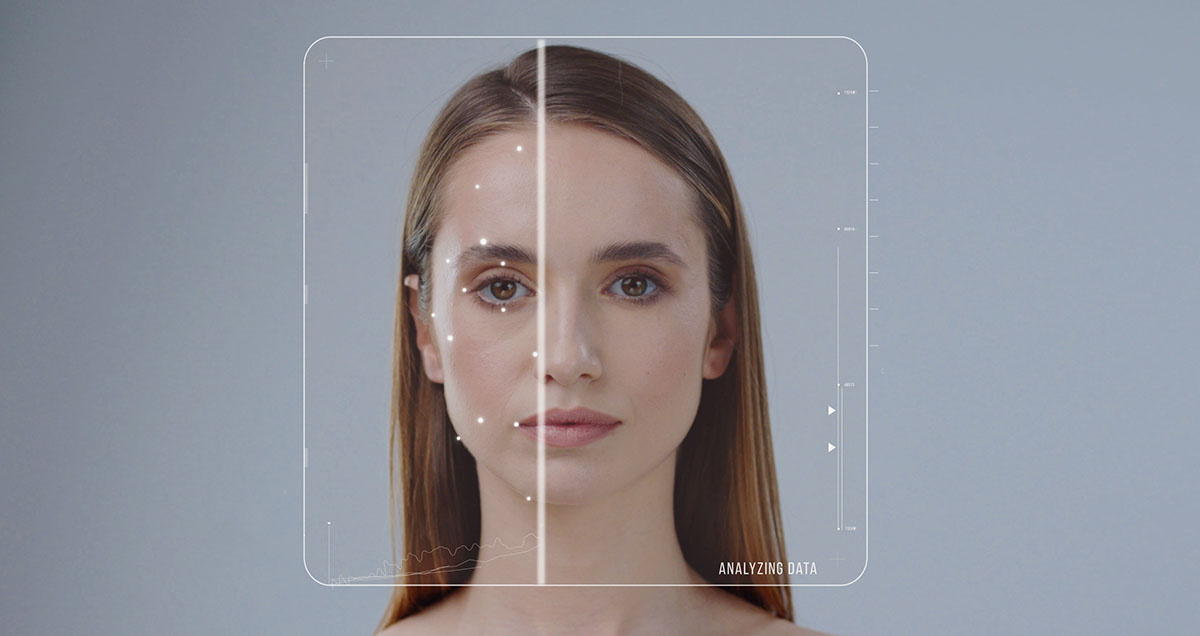
Businesses spend a lot of time reminding employees how to protect virtual security. Watch for phishing scams and viruses. Use two-factor authentication and complicated passwords. Don’t click on a link if you don’t know where it’s going.
Those precautions are essential to protect your business virtually against cyber attacks , but often overlooked is the needed focus on physical access control and best practices. With today’s technology, you no longer need a security team large enough to watch every door and camera at all times.
Why Physical Access Control Matters
A visitor at a stadium is looking for a bathroom when they open a storeroom door an employee forgot to lock. There is no one around to stop them from taking merchandise without paying. What started as an innocent bathroom trip could quickly become a financial loss for you as the visitor walks out with as much inventory as they can carry.
If a bad actor is able to tailgate through the door of a corporate campus, they may be able to gain access to sensitive data and assets. This could include confidential information stored on company servers, as well as sensitive information about employees and customers. It's important for companies to have security measures in place, to prevent tailgating and other forms of unauthorized access.
Imagine what would happen if someone who intended to harm your business had access to the wrong area. From government buildings, corporate offices, data centers, airports, and more, ensuring the right people have the right access to protect against nefarious characters is more important than ever.
What is Multimodal Authentication?
Multimodal authentication uses more than one method to prove someone is who they claim to be. Virtually, it is most often a password and a code sent to your phone. This is a standard method of two-factor authentication.
For physical access control, employees can scan their badge while facial biometrics verifies the person wanting access matches the person who owns the badge. Typically, the multiple modes are:
1. The person has something - a personal badge, a mobile credential on their phone, etc. that is used by a reader.
2. They know something - a passcode for a pin pad, for instance.
3. They are who they claim to be - there is a biometric device that reads their finger print, palm print, iris or face to authenticate the person.

Benefits of Multimodal Authentication
Using multiple authentication methods to control physical access can ease the burden on your security team. Badges can be lost, stolen or shared. Pin codes similarly can be shared or stolen. Only biometrics can ensure the person is who they claim to be. Replacing badges and updating pins can be time consuming and take away from the important security work that should be prioritized.
By using multiple authentication methods, even if one method is compromised, the other layers of security will still be in place to reduce the chance of unauthorized access. Additionally, by using different types of authentication methods, such as something the user knows (e.g. a password or PIN) and something the user has (e.g. a smart card or biometric data), it makes it much more difficult for an attacker to gain unauthorized access. It requires biometric authentication to ensure the person is the actual person that is authorized to be in the area. Event with legacy biometric solutions it is difficult to prevent tailgating which allows an unauthorized person to follow an authorized person into an area.
Today’s modern facial authentication solutions can ensure the right person is in the right area and detect and alert to tailgating. The Rock from Alcatraz AI uses 3D facial mapping to provide fast authentication at every checkpoint, and its tailgate detection alerts to unauthorized entries and provides actionable date to enforce compliance and adjust behavior.
Instead of verifying every person manually, the technology from Alcatraz AI does it in real-time, leaving the security personnel free to move around. It even provides an alert for tailgating so you’ll know if someone tries to sneak in before a door closes. It should go without saying that the other benefit is that a person’s face cannot be shared, stolen or lost.
Multimodal authentication is now a popular strategy to keep spaces secure in physical security, it adds a layer of security enforcing a zero trust environment. The use of multiple authentication factors that includes facial authentication adds a layer of protection to a restricted area in zero-trust environments, making it more difficult for unauthorized individuals to gain access.
Who Can Use The Rock?
Security should not be industry-specific. At Alcatraz AI, we designed The Rock to provide secure, frictionless access control that boosts security without compromising privacy with no integration needed. From government buildings and sports stadiums to banks or data centers, anyone concerned with controlling access to facilities, employees, and assets can benefit from verification technology. Book a demo today and learn how Alcatraz AI can bring your security to the next level.
← Previous --
Next →
Tag(s):
Blog
Other posts you might be interested in
View All Posts
27 min read
| April 28, 2025
Implementing Zero Trust Security for Data Center Protection
Read More
Blog
9 min read
| May 12, 2022
How to Minimize Banking Security Concerns with Facial Biometrics
Read More
Blog
5 min read
| September 17, 2023
Zero Trust: Elevating Security Heading into 2024
Read MoreSubscribe to email updates
Additional content around the benefits of subscribing to this blog feed.


